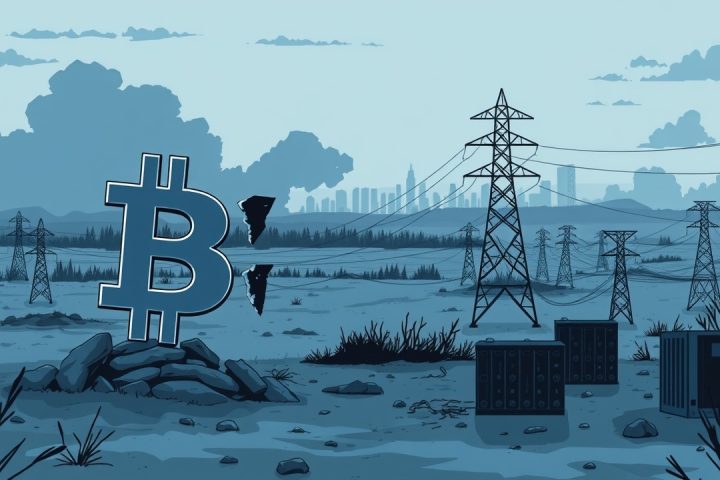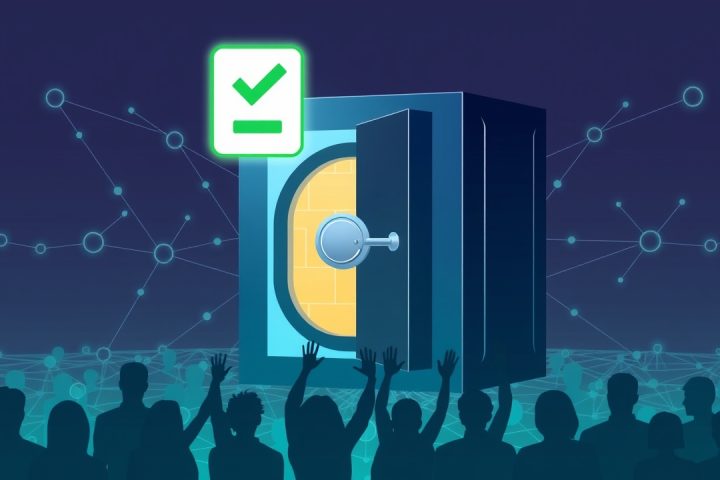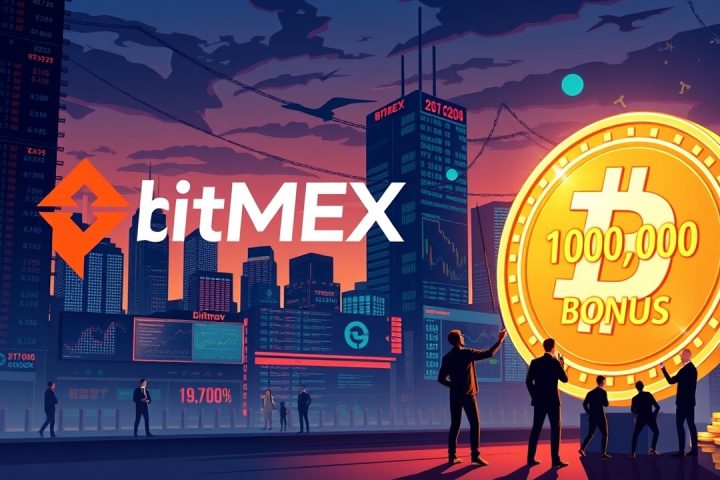Bitcoin Mining: A Shift Towards Independence
A recent event in the Bitcoin mining sector saw an individual miner make headlines by successfully processing a block, earning a reward of 3.125 Bitcoins, worth approximately $259,637 when factoring in transaction fees. This achievement is part of a growing trend where independent miners—ranging from casual hobbyists to discrete groups—are increasingly finding success on their own, which raises questions about the nature of independent mining and its viability against large-scale operations.
Scott Norris, the CEO of Optiminer, an independent mining venture, likens the experience to playing the lottery, emphasizing the unpredictability of solo mining outcomes.
Trends in Independent Mining
In 2022, miners utilizing the Solo CKPool, a platform that lets them mine without the need for a full Bitcoin node, managed to mine a total of 7 blocks. This figure rose to 12 blocks in 2023 and reached 16 blocks in 2024, suggesting a gradual increase in independent mining efficacy. However, these numbers do not imply that many are successfully mining Bitcoin from their homes using low-powered equipment, which is a misconception.
The landscape of Bitcoin mining is largely dominated by major pools such as Foundry, AntPool, and F2Pool, where miners collaborate, sharing both resources and rewards to maximize efficiency.
Concerns Over Decentralization
While mining has become increasingly resource-intensive, leading many to view it as a business predominantly run by publicly traded firms, there exist concerns among Bitcoin enthusiasts regarding the implications for network decentralization. Devices like the Bitaxe and FutureBit Apollo, priced between $200 and $500, appeal to so-called “Bitcoin maximalists” looking to engage in mining without joining larger pools.
Earlier this year, a FutureBit Apollo managed to process a block, a feat credited largely to external contributions of hash power from other machines. An anonymous miner known as Econoalchemist expressed the hope of democratizing Bitcoin mining, despite acknowledging the challenges ahead.
Norris further highlights that traditional businesses can amass significant hash power without relying solely on large mining pools. For instance, Solo Satoshi, based in Houston, Texas, provides miners with high-performance equipment like the Bitaxe Gamma, while their website cites a meager 0.00068390% chance of mining a block daily with their modest Bitaxe machine.
Matt Howard, Solo Satoshi’s founder, underscored that the purpose of engaging in independent mining isn’t strictly profit-driven; rather, it serves as a means to enhance the decentralization of Bitcoin mining, with block rewards being an incidental bonus.
This growing interest in amateur mining could signal a shift toward more inclusive participation in the Bitcoin network, even as the regulatory landscape around Bitcoin mining evolves.











